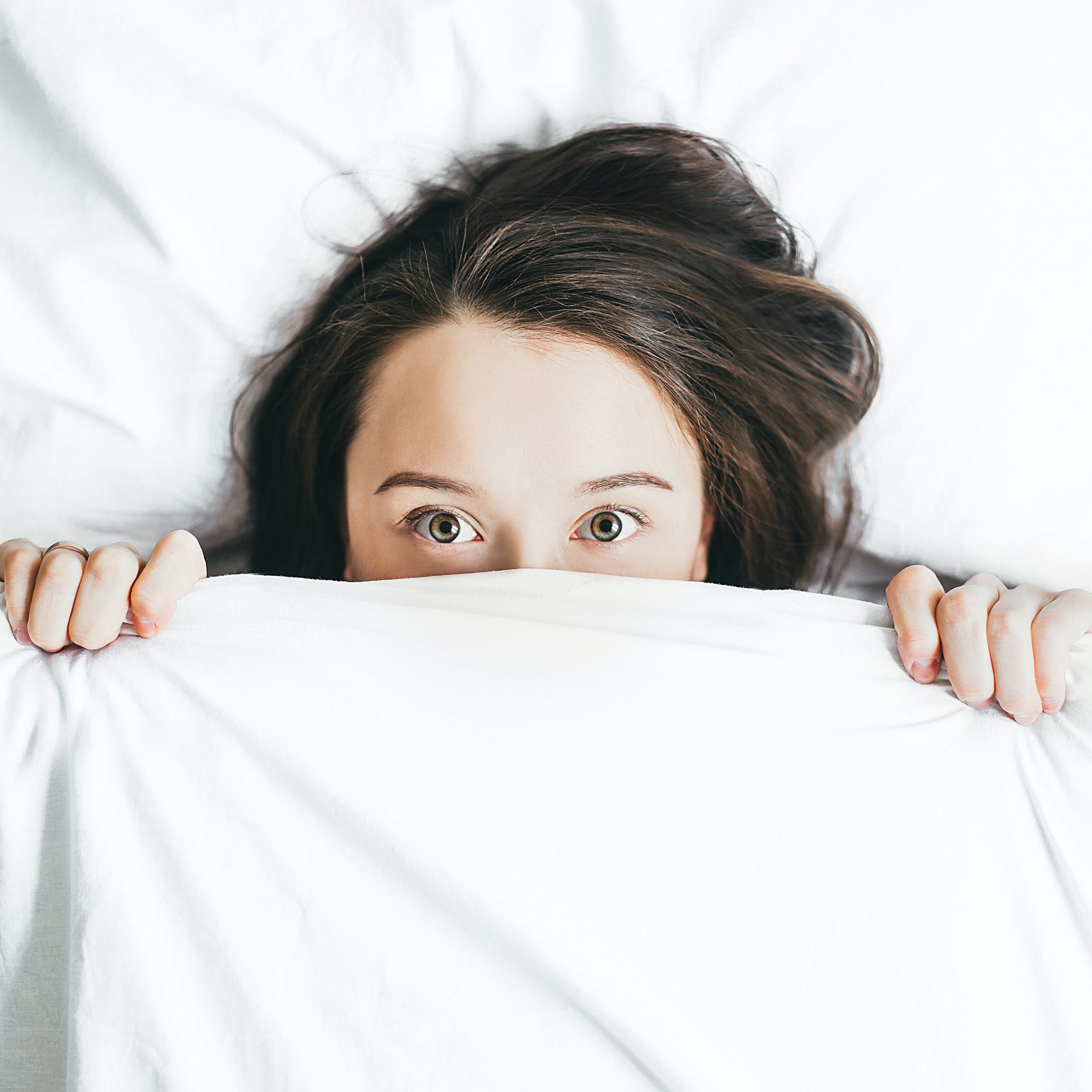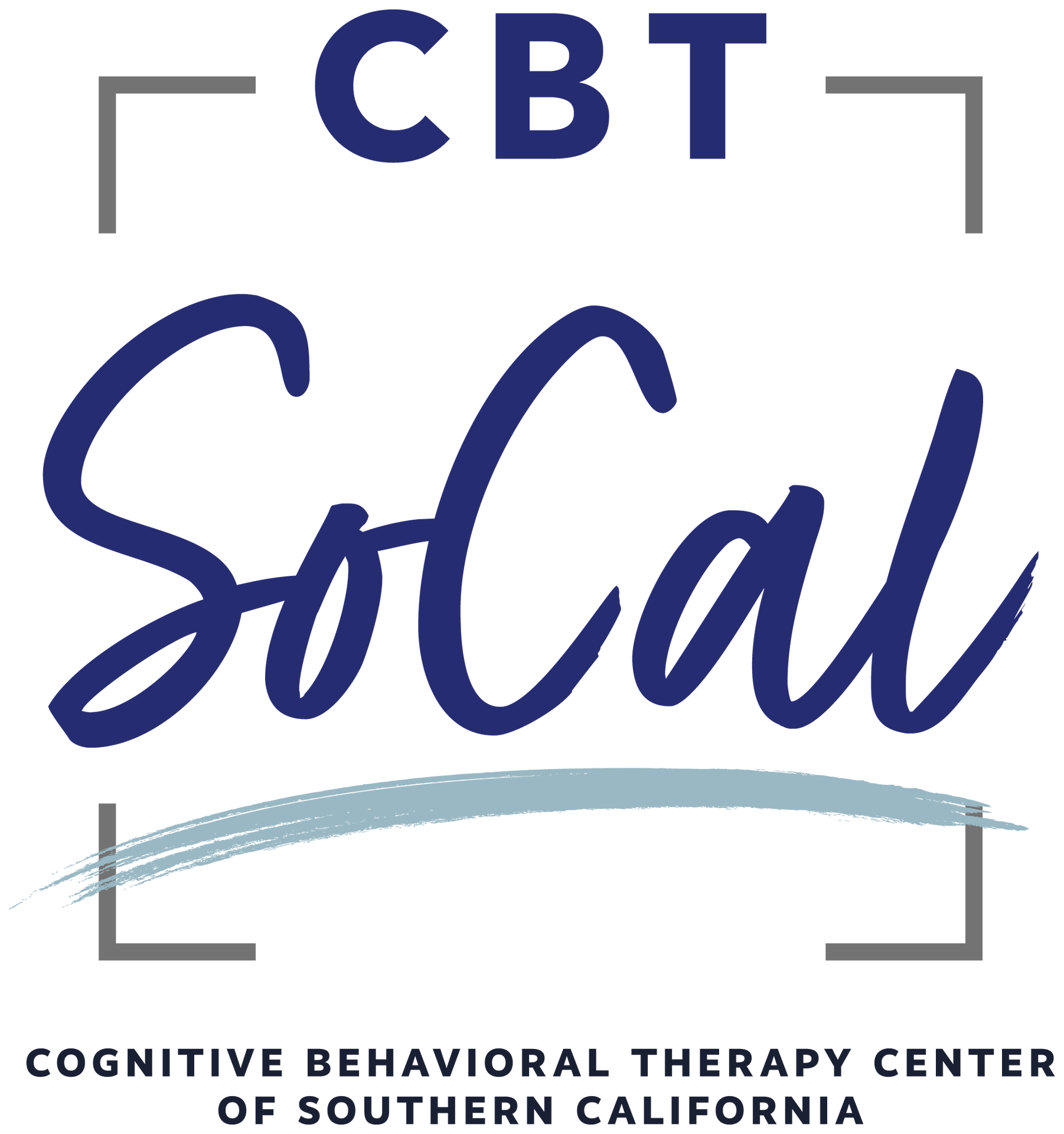The top 4 most common (and unhelpful) ways people cope with Panic – Part 3 of an 8-Part Series


Photo credit: Alexandra Gorn
If you’ve ever experienced a panic attack, you know firsthand how horrible it feels. You also know how natural an impulse it is to want to do anything possible to avoid having another panic attack again in the future. Unfortunately, some of the ways people frequently do that are at best, ineffective, and at worst, can even worsen symptoms of panic and anxiety.
Here are some common and unhelpful ways people cope with Panic:
1. Avoiding Exercise
Frequently, people report having stopped exercising, or anything that causes their body to exert a lot of effort once they have gotten into a cycle of panic. Even people who frequently jog, go to the gym, or are very into fitness may feel the impulse to change their typical habits to keep from feeling anxiety.
This is often especially the case for people who experience panic in primarily physiological ways, such as sweating, shortness of breath, or heart palpitations. Exercise, in particular, cardiovascular exercise like cycling or running, may become too terrifying to do, because it creates bodily responses that are very similar to panic.
2. Avoiding Social Situations
Many people who experience panic symptoms worry about having a panic attack when around other people, and thus will tend to avoid social gatherings and events. Often, people are worried that it will be embarrassing for others to see them having an episode, and/or that there will be no way to escape a gathering when the anxiety comes on.
The amount of anticipated anxiety and resulting desire to avoid social situations you feel may vary based on a number of factors, such as:
- How far the social situation is from home
- How long you will be gone
- How many people will be at the social gathering
- Whether there will be a lot of new people to meet
- Whether certain people who cause anxiety will be present
- How easy it is to leave or escape if you feel anxious.
In addition, people may feel more anxious if they don’t have an effective way to calm themselves, even if it is problematic, such as alcohol or drugs (see #3 below).
3. Drinking (or self-medicating with any substance)
Drinking and other substances can be a healthy and fun way to pass time with friends and family when used safely, responsibly, and in moderation. However, it’s no secret that they can also become a very dangerous way of coping with life’s stressors, including anxiety and panic.
Many people who panic develop a dependence on self-medication, and find over time that they are not able to be in social settings, even with close friends and family, without a drink. Over time, as tolerance increases, there can be a tendency to want to drink ahead of time as well (“pre-drinking”) to avoid feeling even the anticipatory anxiety of interacting with others.
4. Xanax Dependence – whether actually ingested or not
Xanax, Ativan, and Klonopin are the most commonly prescribed drugs of the Benzodiazepine class. These medications are very fast-acting, and are typically prescribed to be used as needed when a panic episode sets in. However, they can be habit-forming, and in many cases, even if no longer taken frequently, can become a symbol of fear.
There are many people who have taken a drug like Xanax to address their panic episodes as they begin, which is generally how they are intended to be used. But as these individuals’ anxiety spikes decrease in severity and frequency over time, they may continue to carry Xanax with them for years in their purse, pocket, or car. The mental reassurance of having it there “just in case” can be very comforting, but at some point may also hold a person back from truly testing their ability to live fully and freely without it.
THE COMMON THREAD

Photo credit: Amirali Mirhashemian
What do all of these have in common?
Each of these strategies mentioned above are common ways that people use to cope with panic – primarily by trying to prevent feeling it again. Unfortunately, while they may seem to be effective in the short term, continuing to resort to these habits over time can teach you that truly facing and defeating your anxiety is hopeless.
Worse still, these ways of avoiding the feelings of heightened anxiety can subtly and gradually spread into other areas of our life. Over time, giving more and more ground in our lives to prevent anxiety can affect our significant relationships, families, work performance, health, finances, and increasingly impair our quality of life.
The cycle of panic symptoms, anxious emotions, and catastrophic thoughts needs to be faced in order to be broken, and avoiding it is simply not effective. In order to really move life in a positive direction, your tolerance for discomfort must be re-tested and confronted in order to rebuild confidence. This can seem like a daunting task, but ultimately is far more rewarding than perpetual avoidance, and letting the fear of panic shrink our life satisfaction.
Read on for more information about how we can help with that.
Part 1 addressed what a panic attack feels like
Part 2 addressed an often unrecognized reason why we panic
Part 4 explains the most effective way to deal with panic attacks
Part 5 describes the power of language and labeling with regard to panic episodes
Part 6 addresses the usefulness of Mindfulness for panic
Part 7 describes Interoceptive exposure for panic
Part 8 describes other “In Vivo” exposures for panic

Martin Hsia, Psy.D. is the Clinical Director of CBT SoCal, and specializes in helping people with OCD, Anxiety, and Insomnia in Glendale, CA.
